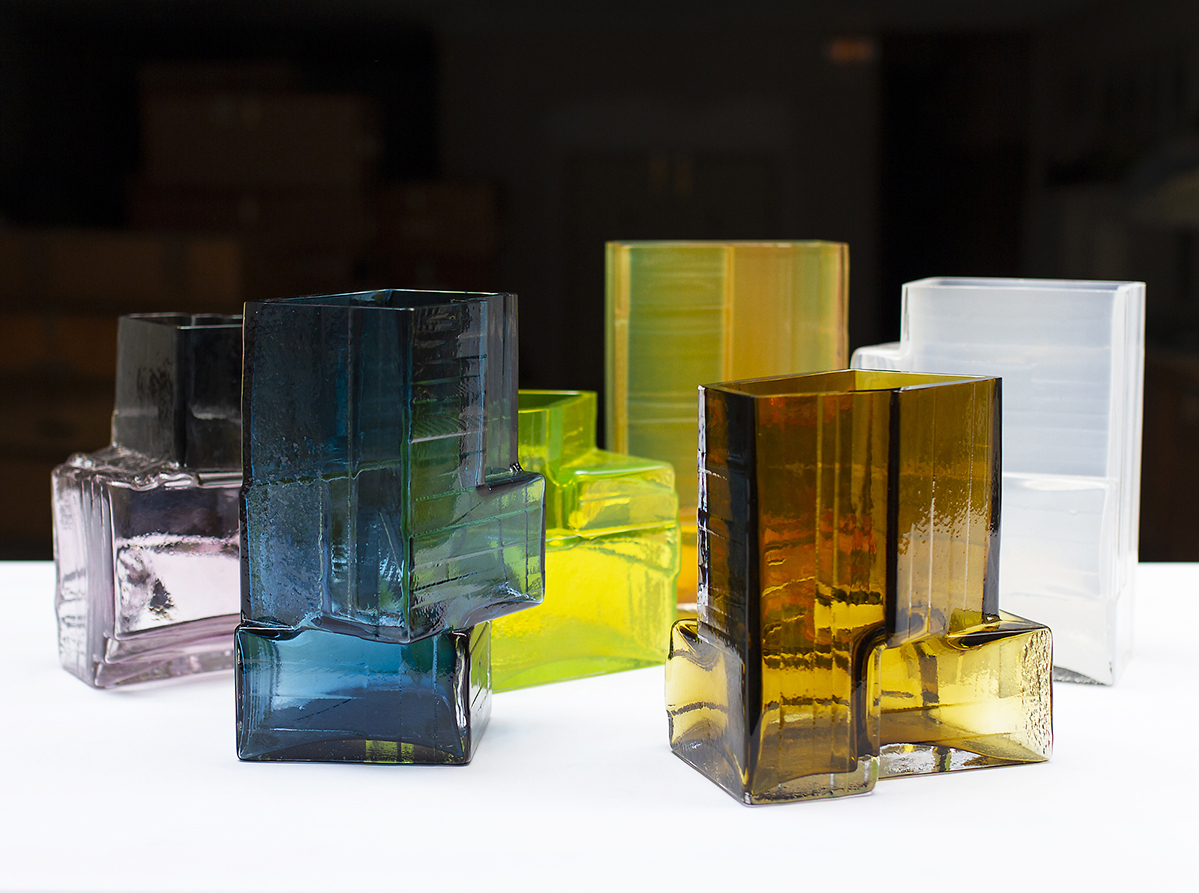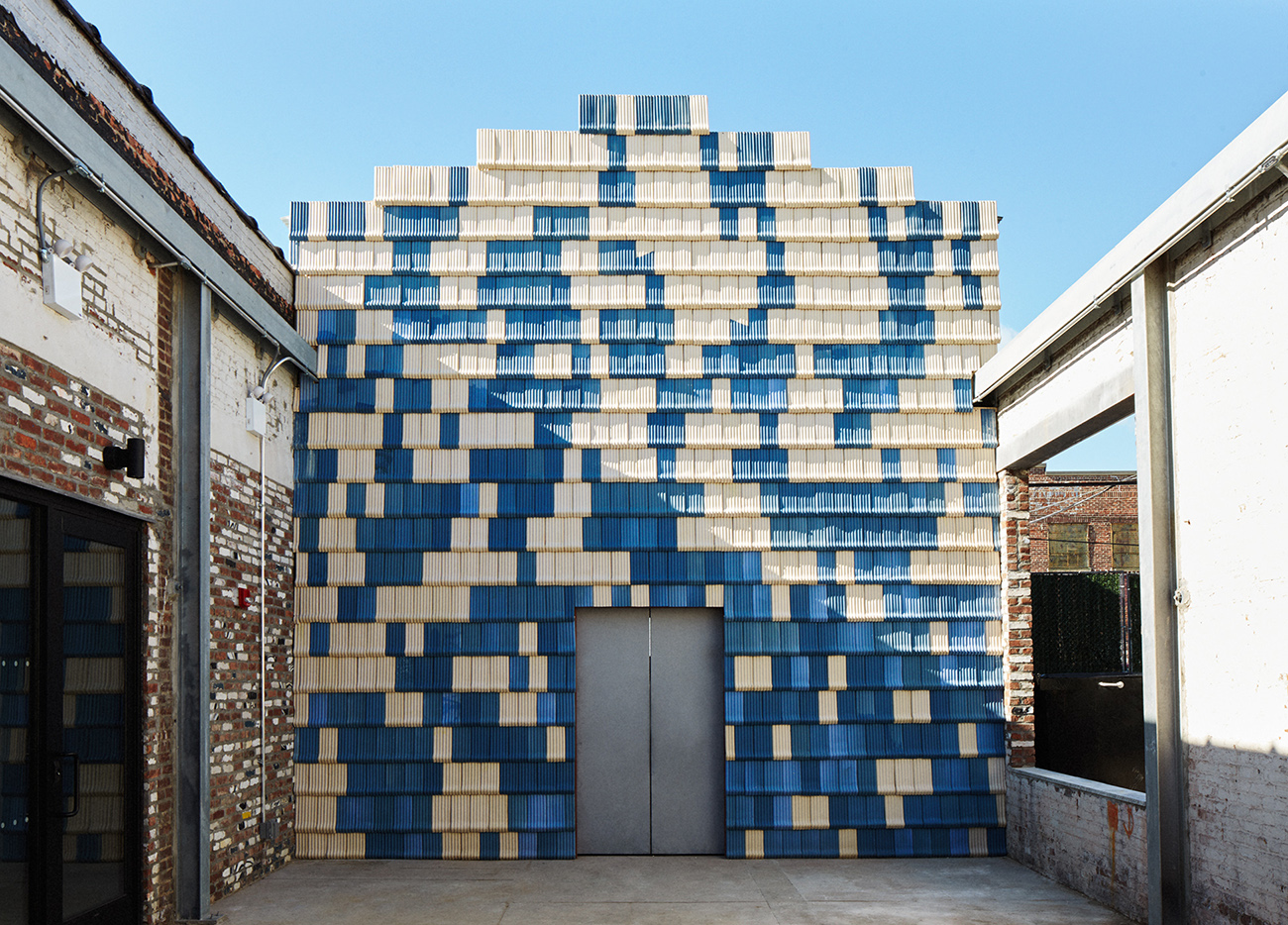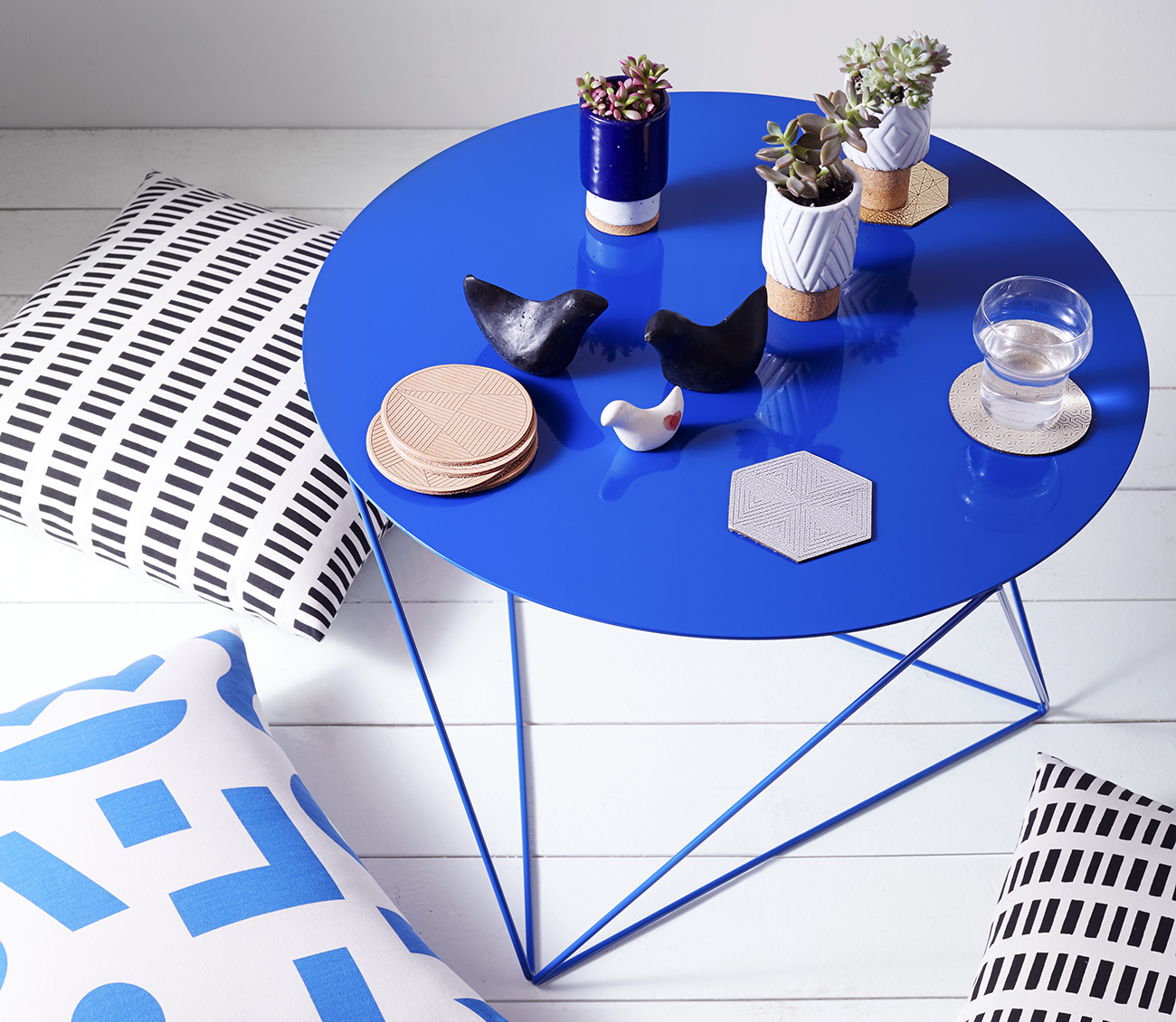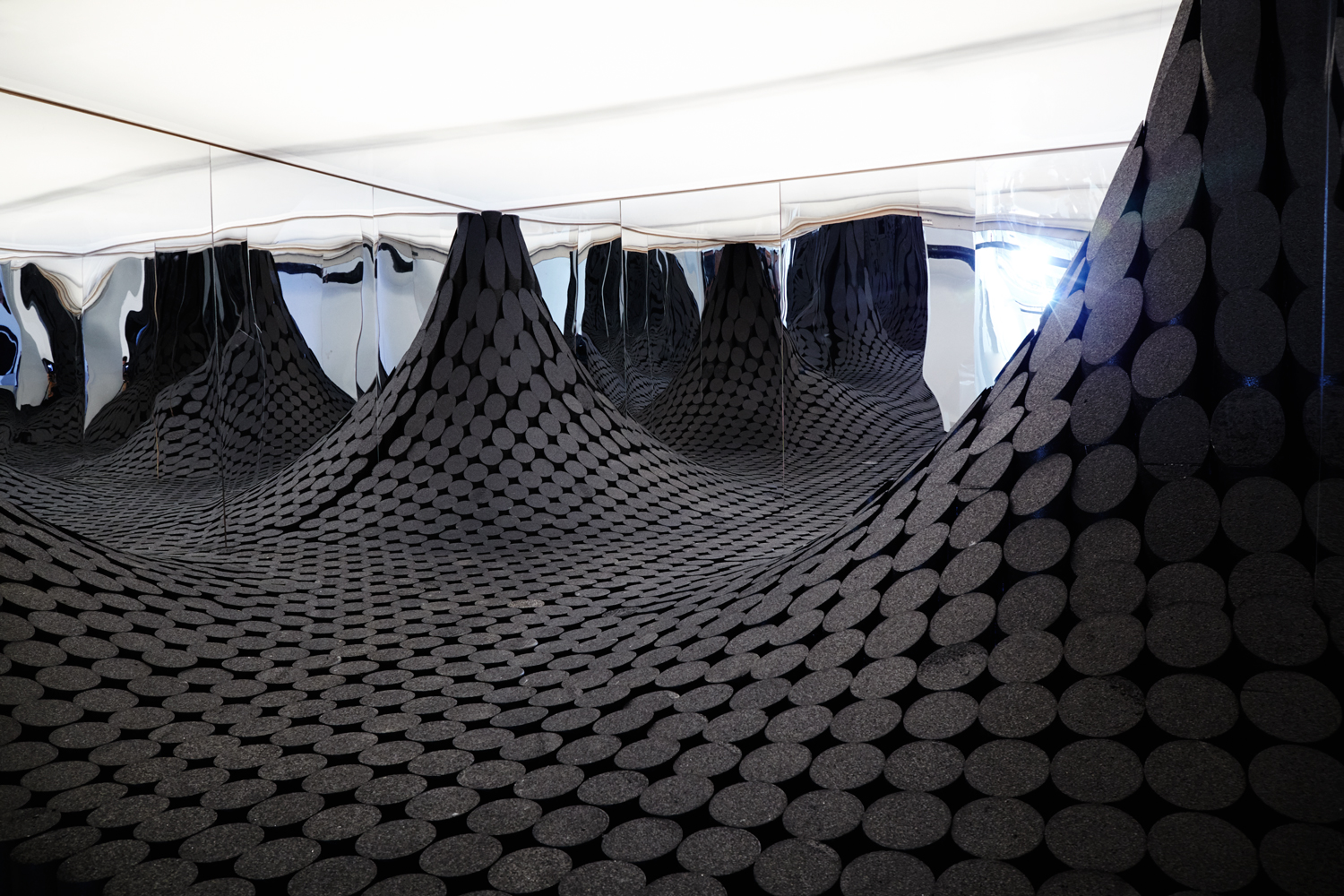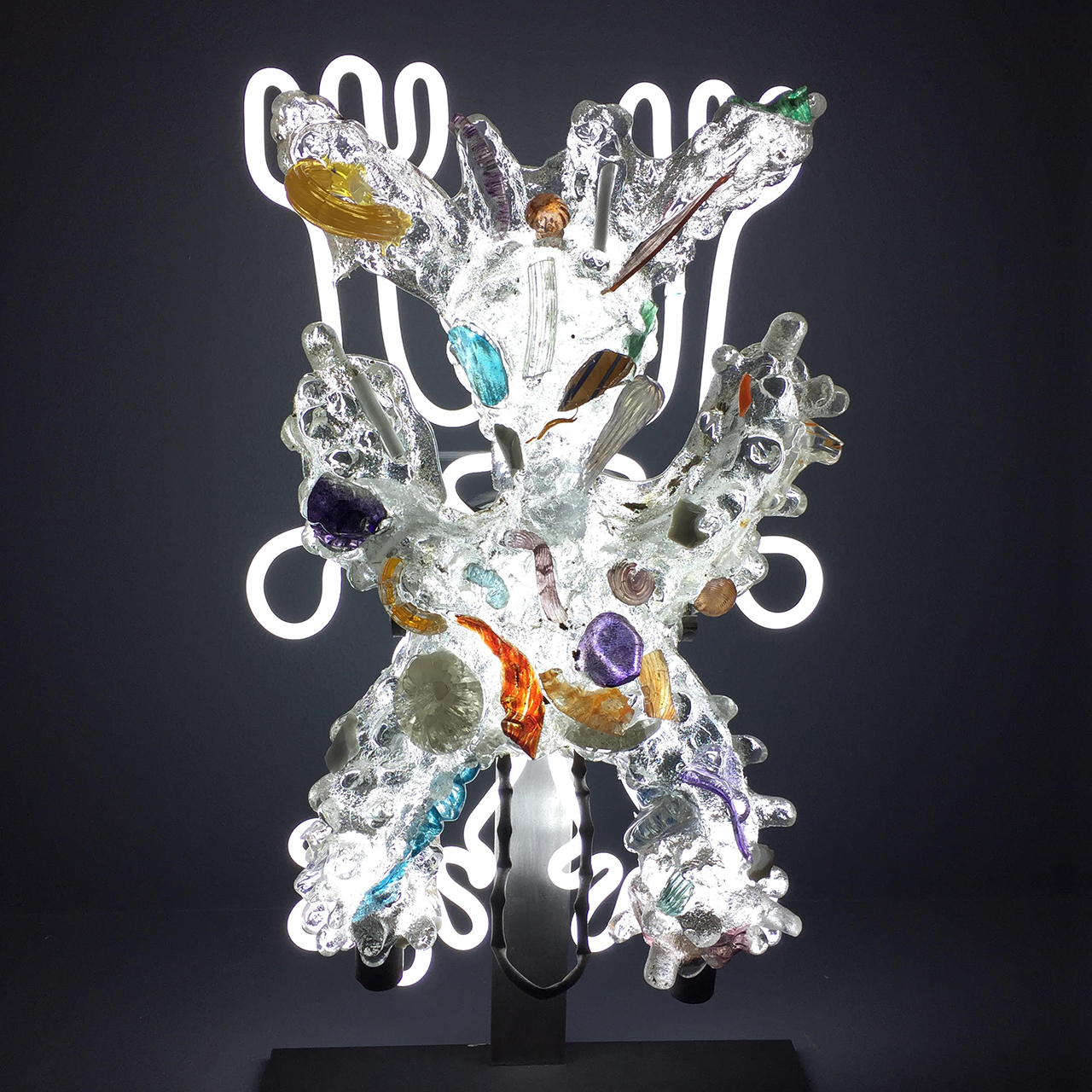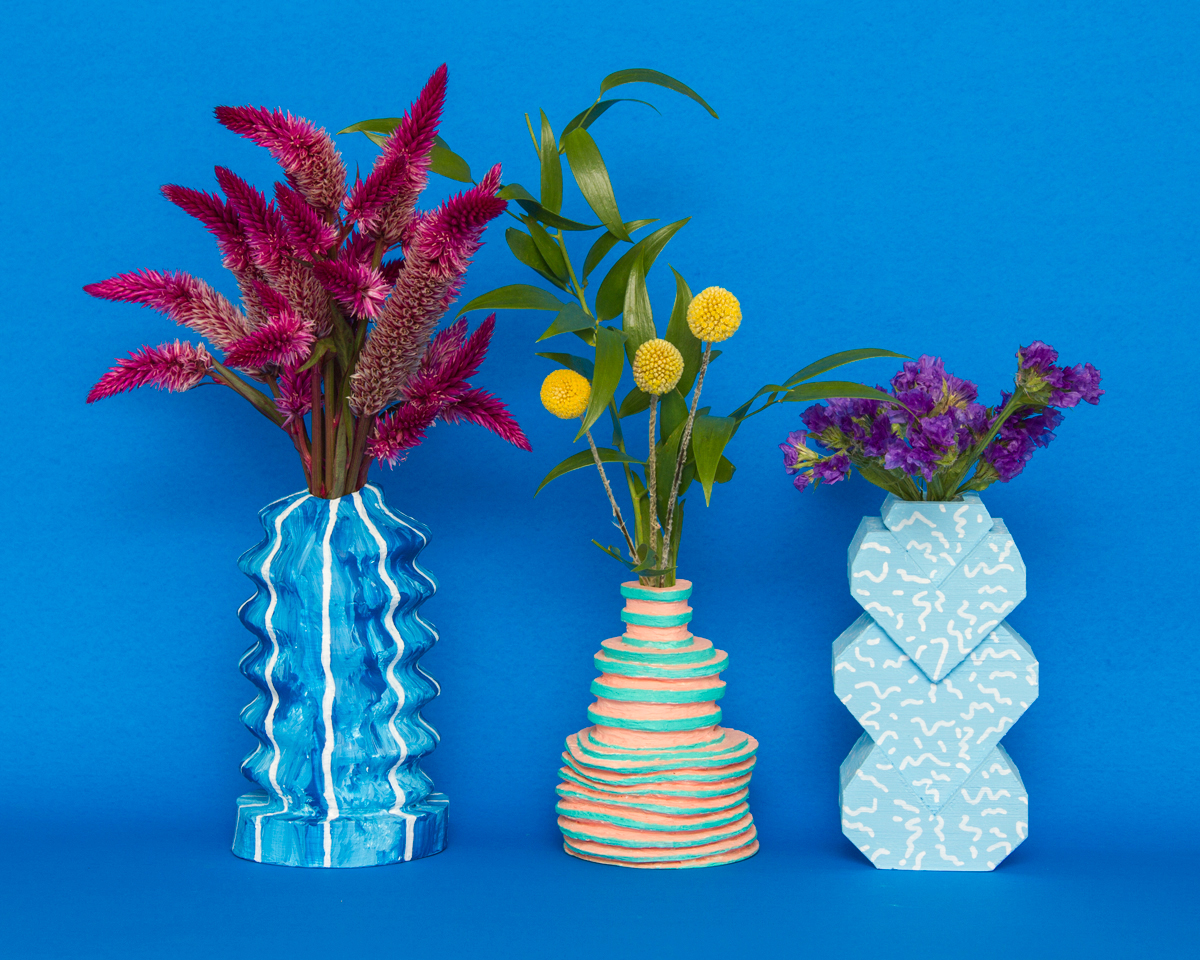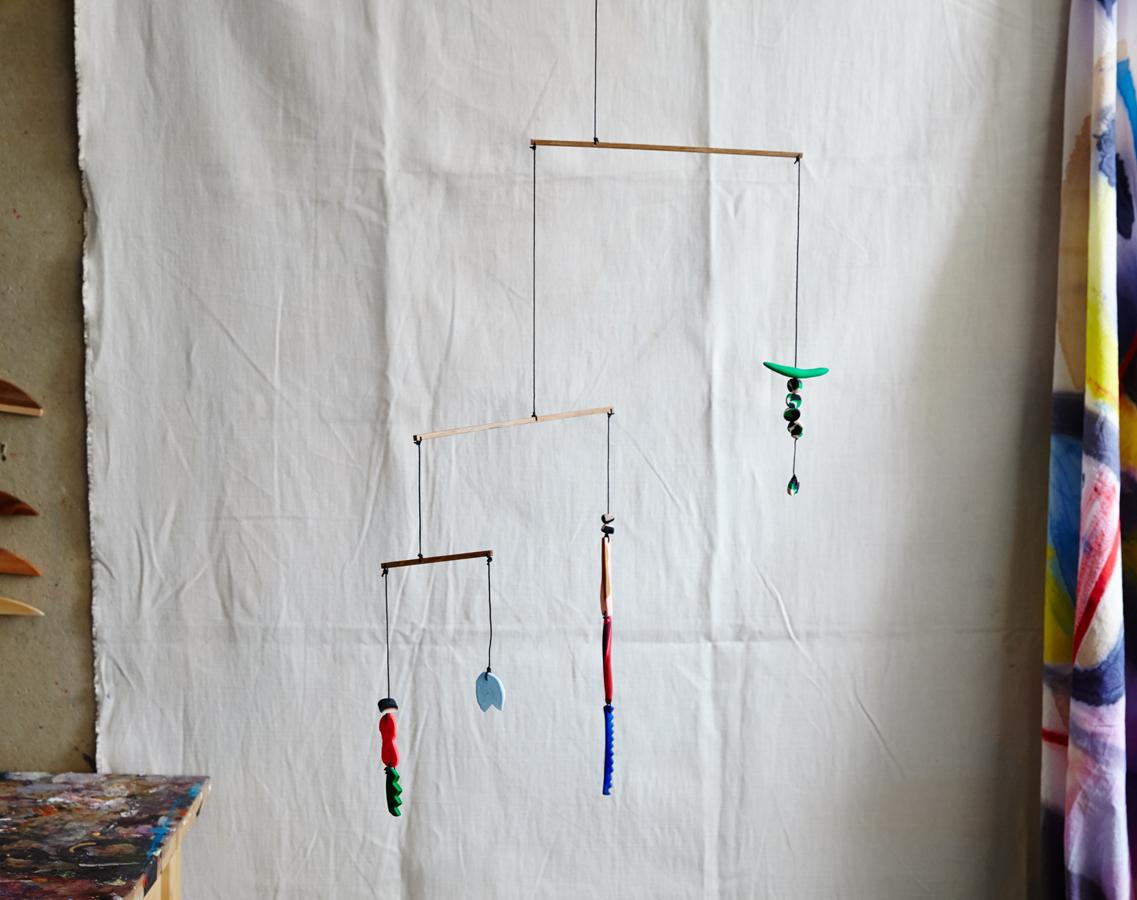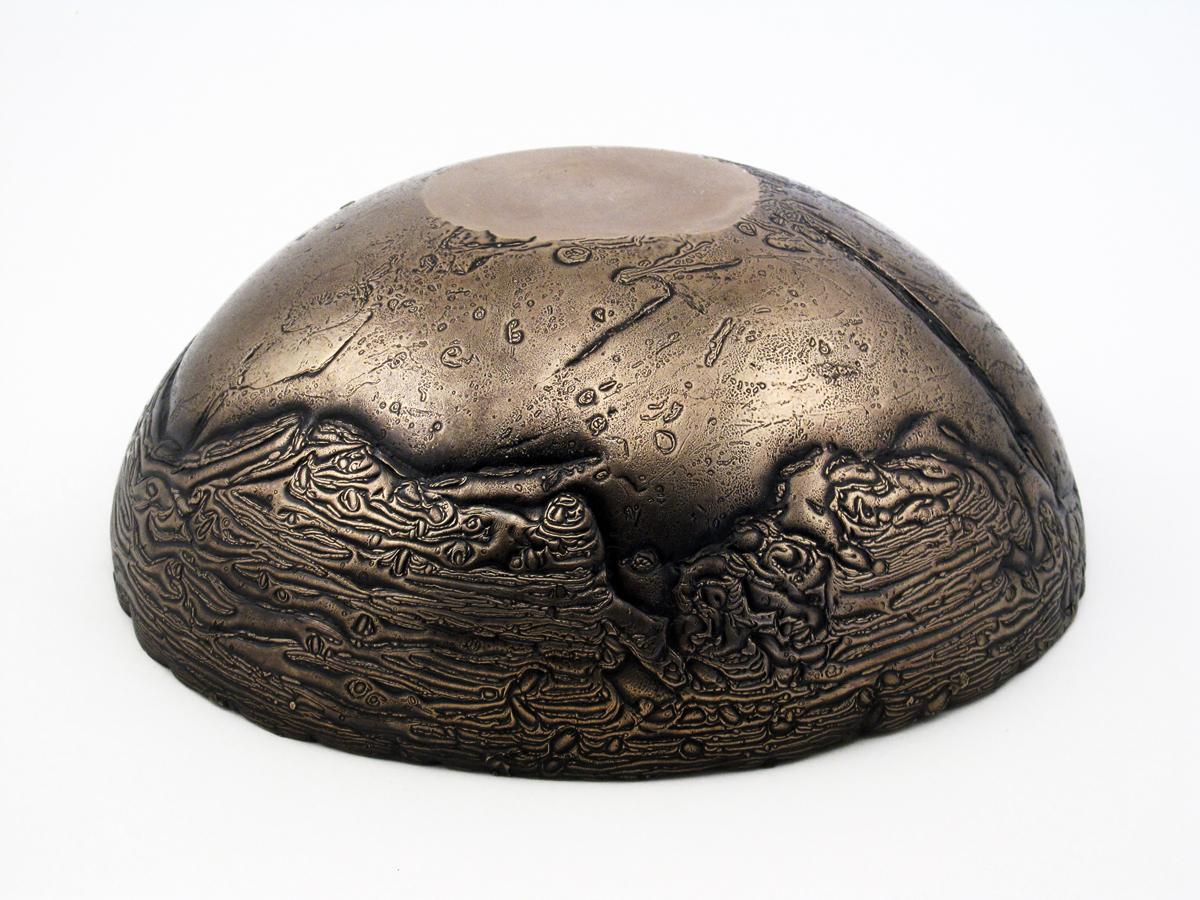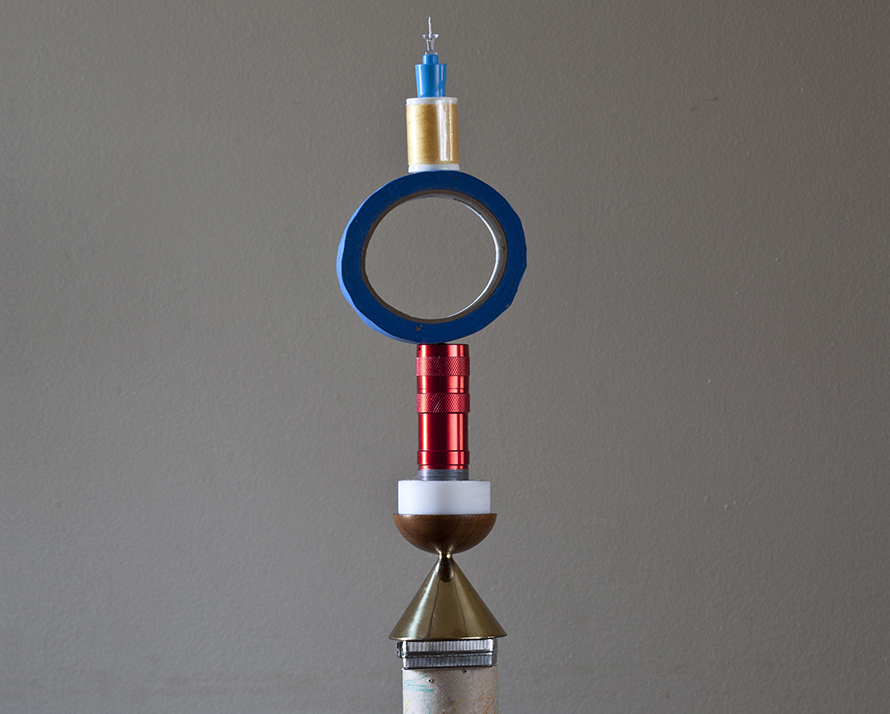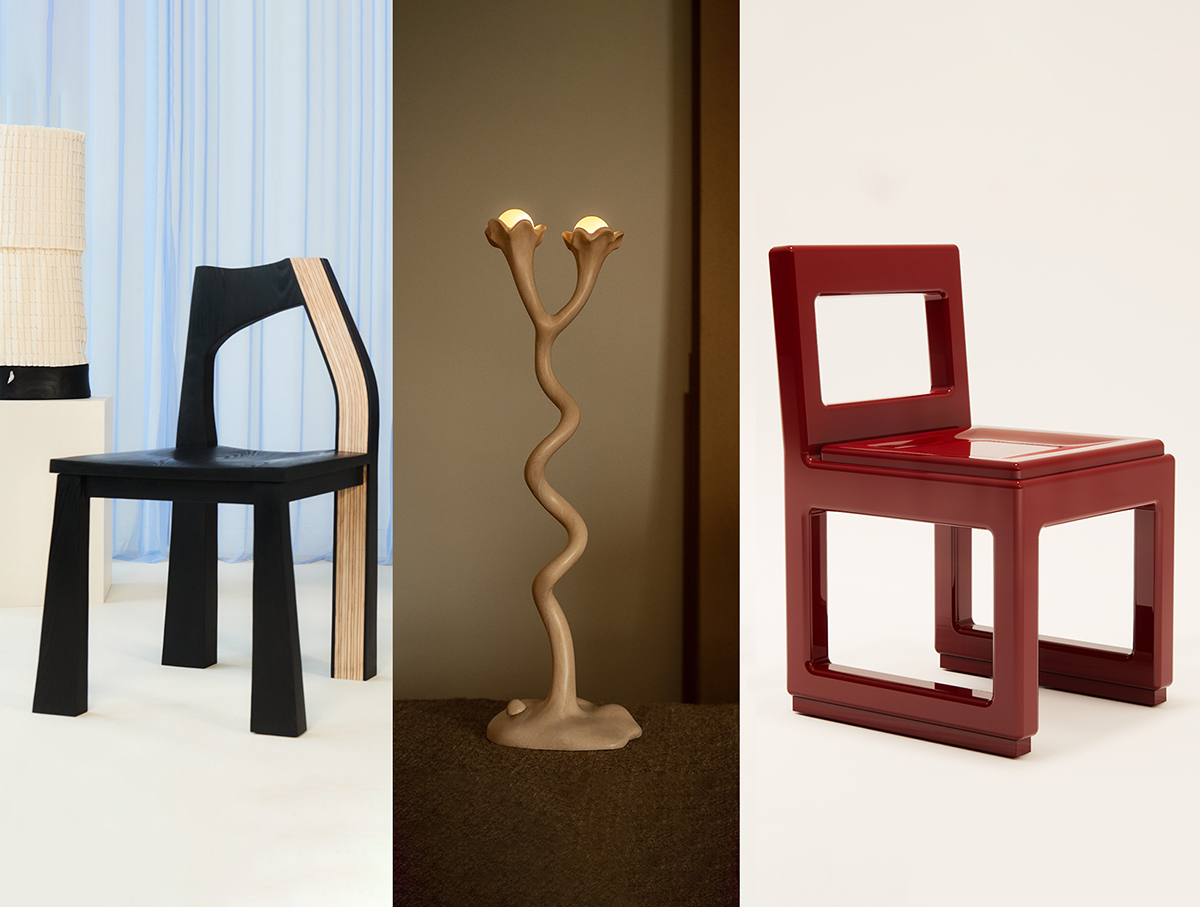
05.01.25
The Making of
Three Up-and-Coming Designers On How They Use the iPad Pro to Bridge the Gap Between Analog and Digital Processes
When we founded Sight Unseen more than 15 years ago, our goal was to invite readers into the minds and studios of designers, in order to help readers understand how things are actually made. Though the site is about so much more now, we still get a perpetual thrill from learning how some of our favorite furniture pieces go from the wisp of a concept to a fully fleshed-out product. Much has changed within the actual design process in those 15 years as well, as new tools have completely transformed the way creatives work, and digital technology has evolved beyond our wildest dreams — icons are still made with a saw, but they're also made on a screen. We checked in with three contemporary designers to see how their process has changed over time, and how they're using tools like the iPhone, iPad Pro, and Apple Pencil Pro to bridge analog design processes and digital technology.
